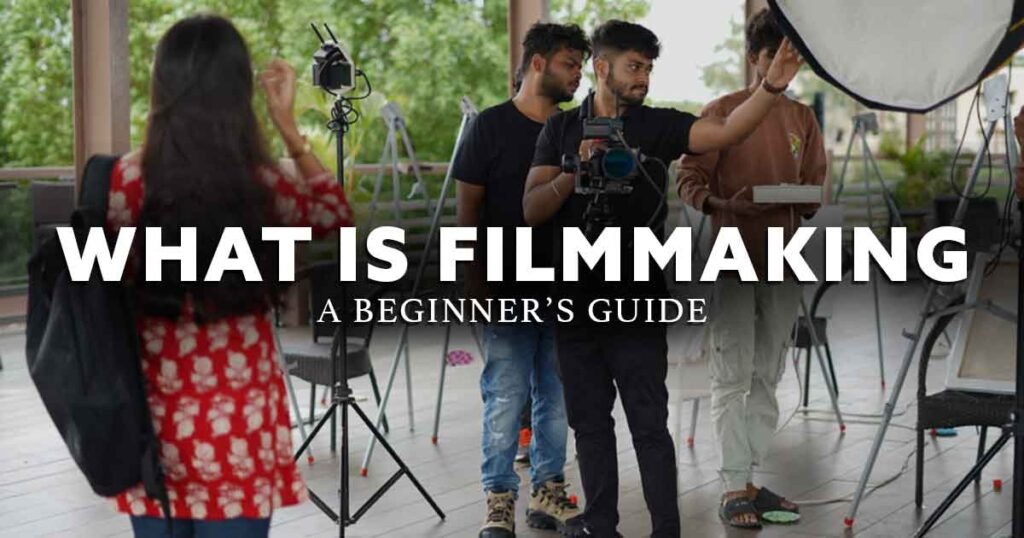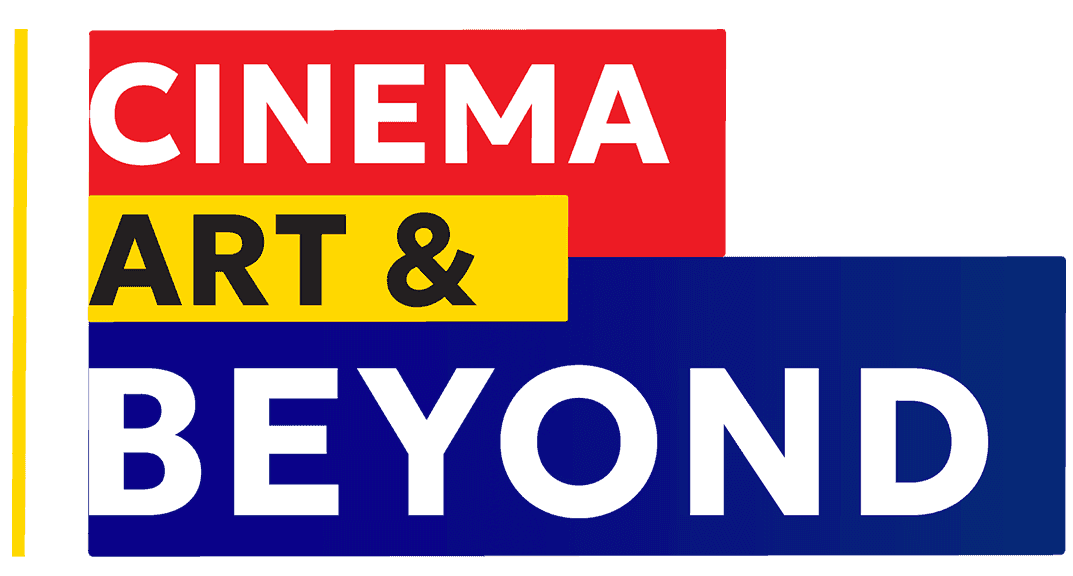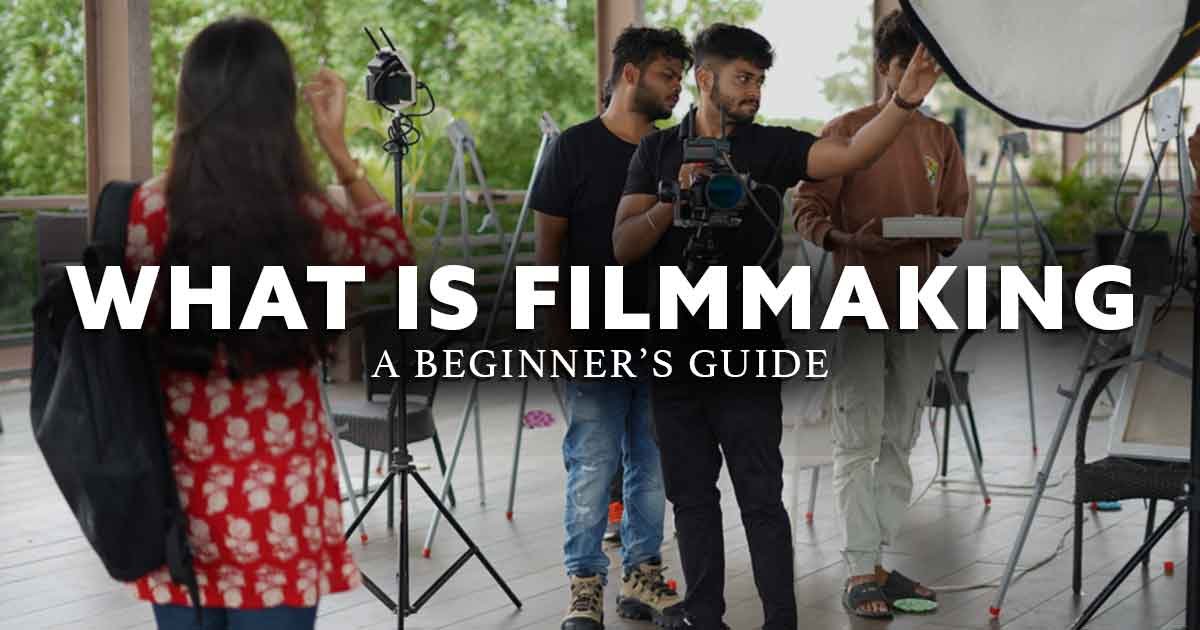Filmmaking is the art, science, and practice of making motion pictures. It involves a wide range of processes, techniques, and creative endeavors, all aimed at telling stories, conveying emotions, or sharing ideas through the medium of film. The art form combines elements of storytelling, visual composition, sound design, acting, and technical expertise to create a coherent and compelling cinematic experience. Filmmaking is not a technical endeavor masterminded by a single person; it is an intensely collaborative art form that relies on the skills and contributions of many individuals, each of whom has a unique role in the process.

Historical Context of Filmmaking
To understand filmmaking more closely we need to know the Short history and evolution of filmmaking. Filmmaking began in the late 19th century with the invention of motion picture cameras. Early pioneers like Thomas Edison, the Lumière brothers, and Georges Méliès laid the foundation for what would become a global industry and art form. The evolution of filmmaking over the decades can be divided into distinct eras:
- Silent Era (1890s – 1920s):
- Films were primarily black and white, with no synchronized sound.
- Storytelling relied heavily on visuals, intertitles, and live music accompaniment.
- Iconic figures like Charlie Chaplin and D.W. Griffith defined this era.
- Golden Age of Hollywood (1930s – 1940s):
- Introduction of synchronized sound (“talkies”) revolutionized the medium.
- Genre filmmaking, such as musicals, westerns, and noir, became popular.
- Studios like MGM, Warner Bros., and Paramount dominated the industry.
- Modern Era (1950s – Present):
- Technological advancements, such as color film, special effects, and digital filmmaking, expanded creative possibilities.
- Independent filmmaking rose alongside major studios, offering diverse voices and stories.
- Today, streaming platforms like Netflix and Amazon Prime have reshaped distribution and viewership.
The Stages of Filmmaking
Filmmaking is typically divided into five primary phases, each crucial to the creation of a film:
1. Development
This initial phase involves the conception and planning of the film. Key activities include:
- Scriptwriting: Developing the screenplay, which serves as the blueprint for the film.
- Pitching: Presenting the film idea to potential producers, investors, or studios.
- Budgeting: Estimating the financial resources required for production.
- Casting and Crew Planning: Identifying key personnel, including the director, producer, and main actors.
2. Pre-Production
This phase focuses on preparing all the elements needed for filming. Key tasks include:
- Storyboarding: Creating visual representations of scenes to guide filming.
- Location Scouting: Finding and securing suitable locations for the shoot.
- Casting: Finalizing actors for roles.
- Set and Costume Design: Building sets, designing costumes, and organizing props.
- Scheduling: Creating a detailed timeline for the shoot.
3. Production
The production phase is where the actual filming takes place. This phase requires coordination and precision as the vision begins to materialize. Key roles during production include:
- Director: Oversees creative decisions and guides actors and crew.
- Cinematographer (DP): Manages lighting, camera work, and shot composition.
- Sound Team: Records dialogue and environmental sounds on set.
- Actors: Bring characters to life through performances.
4. Post-Production
In post-production, the raw footage is transformed into a finished product. Key activities include:
- Editing: Arranging scenes, trimming shots, and ensuring continuity.
- Sound Design: Adding sound effects, music, and dialogue synchronization.
- Color Grading: Enhancing and adjusting colors for visual consistency and mood.
- Visual Effects (VFX): Creating computer-generated imagery (CGI) or other enhancements.
5. Distribution
The final phase involves sharing the film with an audience. Distribution strategies can vary widely depending on the project’s scope and target audience. Methods include:
- Theatrical Release: Showing the film in cinemas.
- Streaming Platforms: Distributing via services like Netflix, Hulu, or YouTube.
- Film Festivals: Showcasing films to critics, industry professionals, and audiences.
- Home Media: Offering DVDs, Blu-rays, or digital downloads.
The Collaborative Nature of Filmmaking
Filmmaking is inherently collaborative. No single individual can create a film alone; it requires the combined efforts of many talented professionals, including:
- Directors: Visionaries who guide the creative process.
- Producers: Organizers and financiers who manage logistics.
- Writers: Creators of the story and dialogue.
- Actors: Performers who embody characters.
- Cinematographers: Artists who capture the visual essence.
- Editors, Designers, and Technicians: Specialists who refine and polish the final product.
Key Elements of Filmmaking
1. Storytelling
At its core, filmmaking is about storytelling. A compelling story is the backbone of any great film. Elements of storytelling include:
- Plot: The sequence of events that drive the narrative.
- Characters: The individuals who inhabit the story, their development, and their arcs.
- Themes: The underlying messages or ideas explored in the film.
2. Visual Language
Filmmaking is a visual medium, and the way images are composed and presented is crucial. This includes:
- Cinematography: The art of capturing visual elements, including framing, lighting, and camera movement.
- Production Design: The overall aesthetic of the film, including sets, costumes, and props.
- Editing: The rhythm and pacing of scenes, transitions, and storytelling flow.
3. Sound Design
Sound plays a significant role in enhancing the cinematic experience. Components include:
- Dialogue: The spoken words of characters.
- Music: Scores or soundtracks that evoke emotions.
- Effects: Ambient sounds, Foley, and other auditory enhancements.
4. Performance
Actors’ performances bring the script to life, adding depth and authenticity to the story.
5. Technology
Modern filmmaking relies on cutting-edge technology for cameras, lighting, editing software, and special effects. Innovations like drones, virtual production, and artificial intelligence continue to shape the industry.
Filmmaking as an Art and Industry
Filmmaking is both an art form and a commercial industry. As an art, it’s a medium for self-expression, cultural preservation, and social commentary. As an industry, it generates billions of dollars annually and provides employment to countless professionals worldwide.
- Artistic Impact: Films like Schindler’s List or Parasite have profoundly influenced society and culture.
- Economic Contribution: Blockbusters like Avengers: Endgame highlight the revenue-generating potential of films.
Conclusion
Filmmaking is a dynamic and multifaceted art form that has the power to entertain, inspire and educate. Its blend of creativity, collaboration and technology makes it a unique and ever-evolving medium. Whether it is a blockbuster spectacle or a quiet indie film, the essence of filmmaking lies in its ability to connect with audiences and bring stories to life.
Also Read : What is Cinematography | Beginners Guide
Also Read : What is Film Editing | A Beginners Guide
Also Read : What is Cinema? Understand Correctly
Frequently Asked Questions ;
What equipment do I need to start filmmaking?
Answer: Basic equipment includes a camera (even a smartphone works), a microphone, a tripod or stabilizer, and editing software.
Do I need formal education to become a filmmaker?
Answer: Not necessarily. Many filmmakers are self-taught, though film schools can provide valuable resources and networking opportunities.
What software is best for video editing?
Answer: For beginners, consider tools like iMovie, Filmora, DaVinci Resolve or Adobe Premiere Pro.

